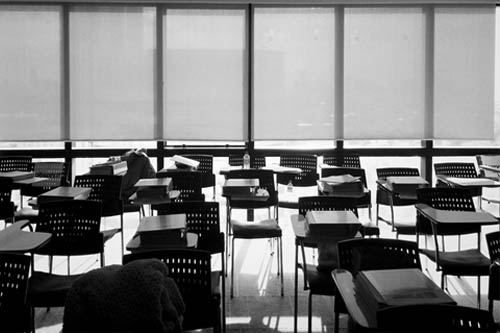
Composite, or split-year, classes, are those in which students from two or more grade levels are put in the same classroom.
For example, instead of pairing 25 students with one teacher, groups are configured according to need. This means that in classes where the teacher is using direct instruction, they can teach 50 students just as easily as 25.
While this practice has been lauded as a helpful way for educators to address the learning needs of children who are progressing at different academic levels at once, some argue it puts too much of an administrative strain on teachers, who must spend more time preparing lessons.
State School Teachers Union president Pat Byrne said split classes are usually formed out of necessity – due to student numbers – or choice, where there is a belief that multi-age grouping best suits children’s learning needs.
“In split classes we see older children given the opportunity to develop higher order thinking by helping younger students to construct meaning from set activities,” Byrne told The Educator.
“This is very beneficial to those students. Younger students have the opportunity to learn from older role models and working in this way builds positive social bonds across age levels.”
Byrne said this is much more reflective of society in general rather than being in age-based cohorts.
However, she said that from a teacher’s point of view, there are additional workload implications, as there is an increase in planning time required.
“In WA, budget cuts have seen split classes happening far more frequently in the secondary sector than previously which can be problematic in subjects with significant content differences,” she said.
University of Melbourne professor, John Hattie, has studied split classrooms from across the western world, including Australia and America. Hattie told ABC News that split classrooms can present “serious problems” for teachers.
“I would argue that if you give me a Year 4 class and that teacher is only teaching Year 4 material to that Year 4 class, I think you've got a very, very serious problem," Hattie said.
“This is because in a Year 4 class you are going to find kids working at years 2, 3, 4, 5 and 6 [levels].”
However, he said an upside of split classrooms is that teachers can identify students who are making the same mistakes and work with them together.
“It's very, very hard for teachers in a class of 25–30 to work on an individual one by one and that typically doesn't happen, they work them in groups,” he said.
“They work them in groups not just because it is easier for the teacher, but the kids learn from each other, and so to have those different abilities in the same classroom can obviously sometimes be a very marked positive.”


